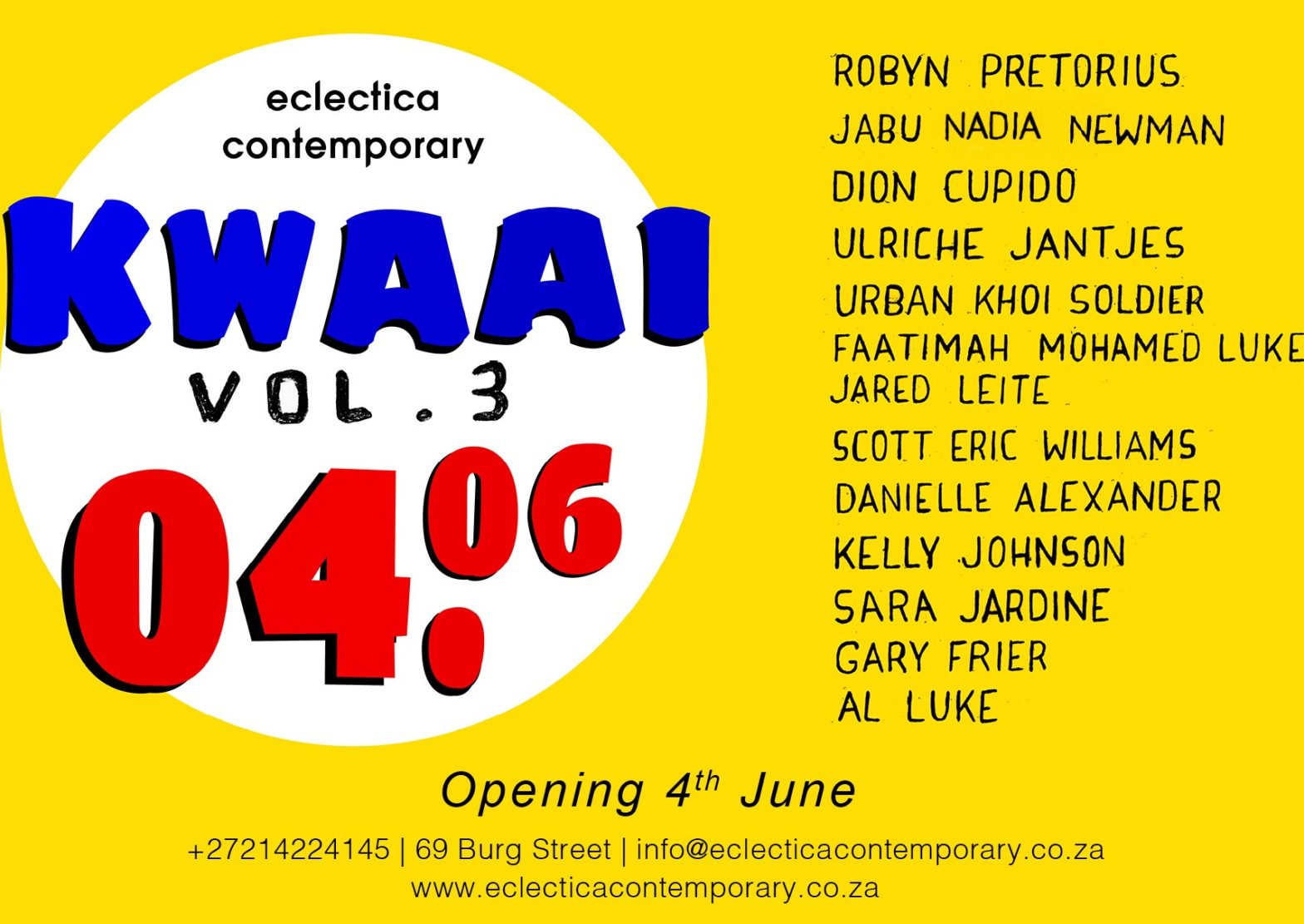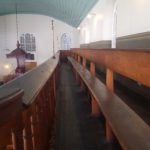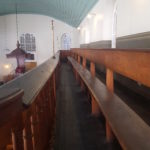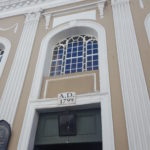Art goes beyond mere entertainment – it is an ancient way of expressing who we are and what we stand for that goes back to the first time that humans left their marks on the walls of caves or fashioned forms out of the earth. Art captures and expresses different ways of living and being, both challenging and negating attempts to fix certain stereotypes.
That people labelled ‘coloured’ through apartheid social engineering have been excelling in art, sports, music, academics (in fact, in every arena possible) throughout our history, is nothing new. What is of note is that almost three decades after the first democratic elections, we have yet to rid ourselves of the negative stereotypes associated with this labelling.
Apartheid policy has its roots in racial slavery, the violent process of othering, that ultimately led to the dehumanisation of people based on the colour of their skin. During apartheid the oppressive regime attempted to silence people, and art became a weapon for political expression, reflecting the injustices and repressive nature of the times. In spite of museums and galleries actively preventing participation by people of colour, they were able to communicate and express the injustices of the day, telling the stories that the world needed to hear. Their work so disrupted and threatened the apartheid hegemony that many were arrested, banned, or forced into exile.
British-Jamaican sociologist and cultural theorist, Stuart Hall, urged ordinary people to regain control of an image-dominated world and to challenge the stereotypes that are propagated by introducing new ideas, new knowledge and new dimensions of meaning, thus exposing and destroying stereotypes.
This is exactly what the artists involved with the KWAAI exhibition are doing – reshaping and reimagining an identity, and reconnecting with a culture in ways that aren’t necessarily the same as their parents experienced. Perhaps most indicative of the times we now find ourselves in, I met some of the artists via an online meeting platform. It was inevitable that the discussion would touch on how their creative processes were being affected by the national lockdown as a result of COVID-19. The enforced social distancing has encouraged deep self-reflection and the limited access to materials has led them to discover different ways of expressing themselves. It seems serendipitous, this process of examining, reshaping and reimagining, not only their output, but the very essence of what they want to portray to the outside world.
While some of the artists have lived through apartheid, others grew up in a post-apartheid society. However, all of them have been shaped socially, personally and culturally by the experiences of their own generation and the one that came before them. They bear the collective trauma through stories, images and the behaviour of the people they grew up with and those who raised them. They carry the responsibility, the sense of loss and the desire to make sure that their own narratives may be heard to prevent the past from continuing to make an indelible mark on the present and the future.
All these artists are taking charge of the narrative, each in their own unique way, of how they want to be viewed, drawing on the experiences of the generation that came before them.
Jabu Newman, explores the issues of coloured identity through her photographs, drawing on a personal family history, that speaks to the apartheid legacy of forced removals, racial classification and group areas, that continues to inform the present.
Jared Leite uses printmaking and sculpture to deconstruct issues of representation and belonging, and the ambiguity that surrounds a community that continues to dwell on the periphery of a post-apartheid space.
Urban Khoi engages with ancient practices such as cave drawings coupled with contemporary dance and graffiti to examine human consciousness and collective wisdom.
The KWAAI exhibition provides the platform to support the re-presentation of their individual stories. It invites conversation and engagement with these new narratives while challenging us to make up our own minds. These artists very clearly assert who they are and where they come from. They defy and resist the memories of apartheid and speak to what it means to be human.
This piece appears in the latest edition of SA Art Times and the exhibition may be viewed online on the gallery website. Thank you to Christina Fortune for inviting me to be a small part of this project. Featured image courtesy of KWAAI Vol 3/eclectica contemporary.
Read a review of the show here



